African Violets (Purple) – Plant
(MRP Inclusive of all taxes)
- Shipping Rs 100 for entire order
- Dispatch in 8-10 days
- Country of origin: India
Description for African Violets (Purple)
These East African beauties come in a variety of colours. They are compact and neat, making them ideal for a small, crowded desk. African Violets do well under florescent light, but aren t suitable for offices which don’t switch lights off overnight – they need at least eight hours of darkness a night to produce flowers. Water from the bottom up by keeping the pot in a water-filled bowl or tray.
African Violets come in several varieties with blooms in many colours, including blue, pink, red, white, purple and multicolour. Some types also have flowers with fringed edges and double petals. These dainty yet hardy flowering plants look great in hanging baskets, in a large planter with a variety of colours or in a single pot.
Planting and care
African Violets, like other plants, need light for photosynthesis. While photosynthesis is most often associated with a plant s green leaves and stems, its most vital function is to convert carbon, hydrogen and oxygen (in the form of carbon dioxide and water) into usable energy called plant carbohydrates.
Even when all the essential nutrients are available to the plant, a complete absence of sunlight will literally result in starvation.
Caring for African Violets
- Water your indoor African Violets carefully.
- Feed your African Violets every week.
- Remove new growth, also called suckers, that grow on the main stem of your African Violets.
- Keep your African Violets cooler and dryer in the winter.
- Repot your African Violets as needed.
- A soil-less mix or 1/3 African violet soil, 1/3 perlite and 1/3 vermiculite in dry climates does very well.
Typical uses of African Violets
Special features:
Be the first to review “African Violets (Purple) – Plant” Cancel reply
Related products
Indoor Cactus & Succulents
Snake Plant, Sansevieria trifasciata, Sansevieria zeylanica – Plant
Air Purifying Plants
Indoor Creepers & Ferns
Indoor Plants
Indoor Foliage Plant
Indoor Herbs & Edibles
Indoor Cactus & Succulents
Indoor Foliage Plant





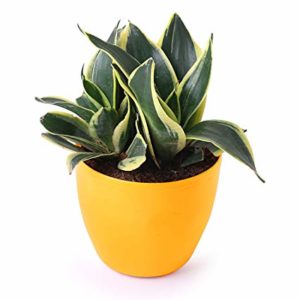
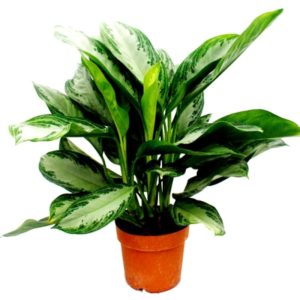
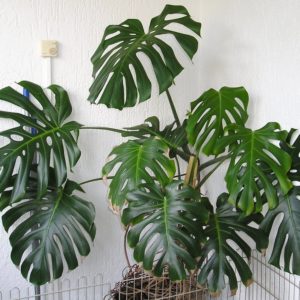
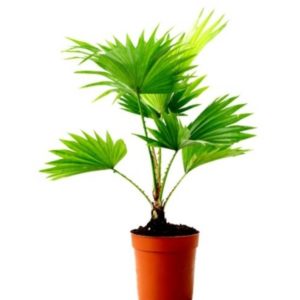
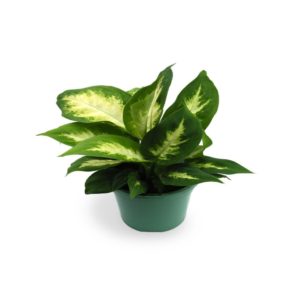
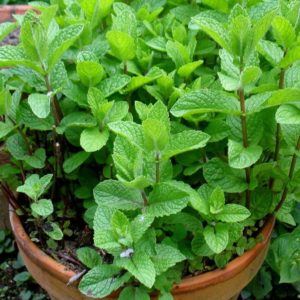


Reviews
There are no reviews yet.